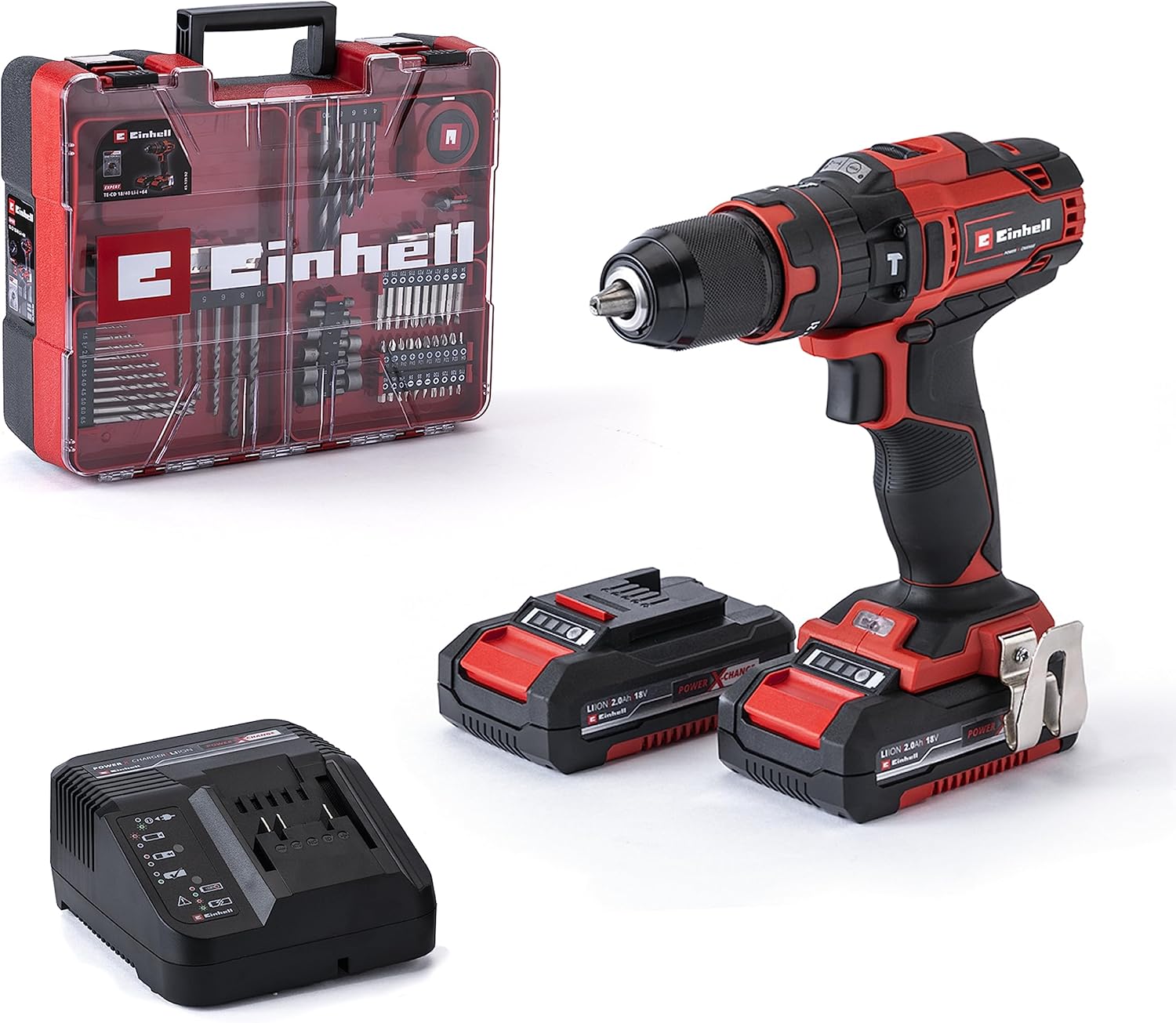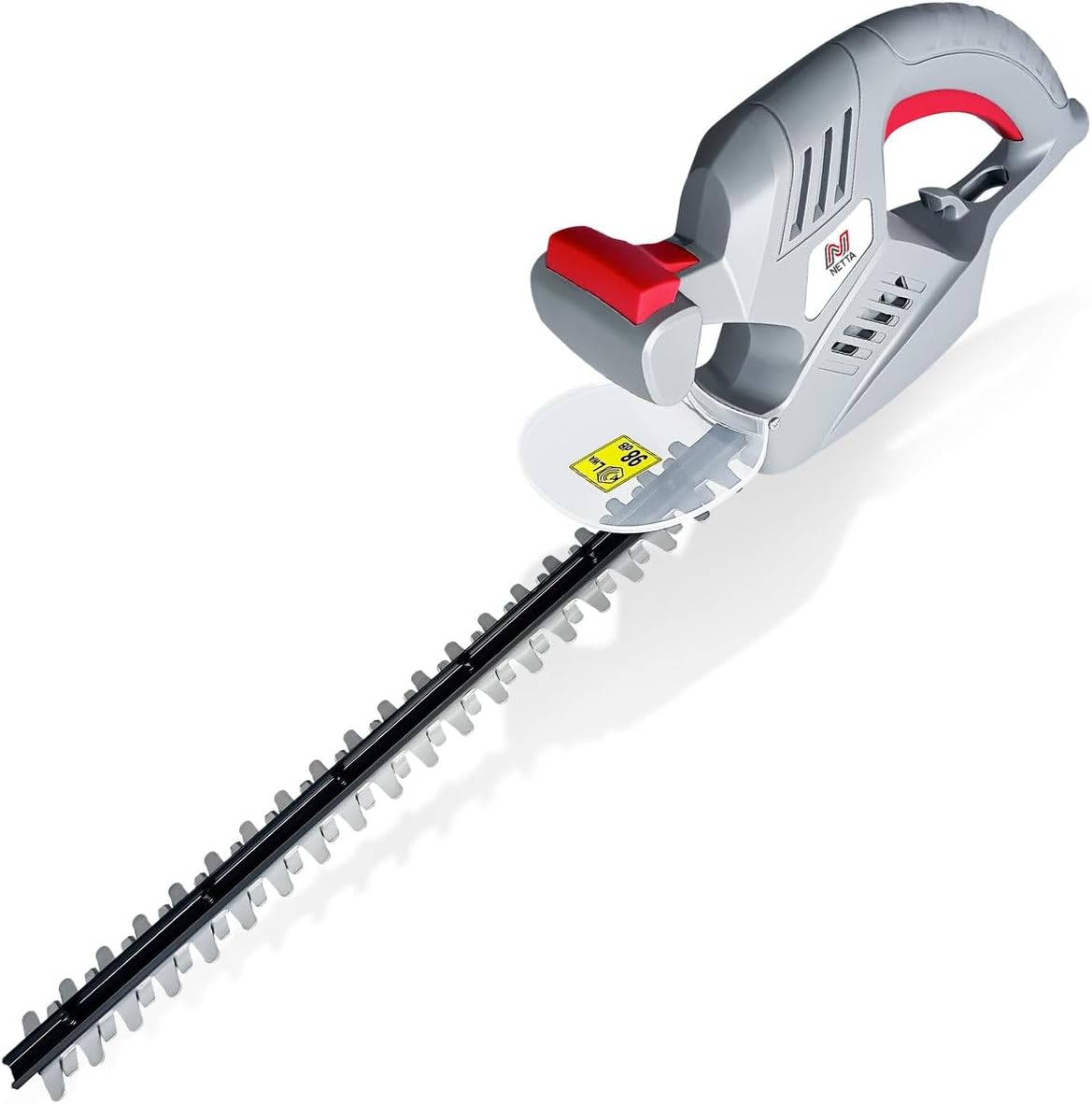
When it comes to building timber frame houses, choosing the right wood is essential. The type of wood used not only affects the structural integrity but also the overall aesthetic appeal of the house. From sturdy and durable options like Douglas Fir and Oak to more sustainable choices like Pine and Cedar, there is a wide range of woods to consider. In this article, you will explore the various wood species commonly used for timber frame houses and discover their unique characteristics and benefits. So, let’s embark on a journey to uncover the perfect wood for your dream timber frame house!
1. Softwoods
Softwoods are commonly used in the construction of timber frame houses due to their abundance and affordability. They are derived from coniferous trees, which are typically faster-growing than hardwood trees. Softwoods are known for their strength, lightness, and ease of use. Here are three popular types of softwoods used in timber frame construction:
1.1 Pine
Pine is a versatile softwood that is widely used in timber frame houses. It is known for its light yellow to reddish-brown color and straight grain. Pine is readily available and relatively inexpensive, making it a popular choice for both structural and decorative elements in timber frames. It is also easily treated for resistance against decay and insects.
1.2 Spruce
Spruce is another commonly used softwood in timber frame construction. It has a pale yellow to white color and a straight grain. Spruce is known for its strength and durability, making it suitable for load-bearing applications. It is also easy to work with, making it a favorite among builders. However, it may not be as resistant to decay as some other softwoods, and proper treatment is necessary for long-term durability.
1.3 Fir
Fir, also known as Douglas Fir, is a popular softwood choice for timber frame houses. It has a light reddish-brown color and a straight grain. Fir is known for its strength and stiffness, making it ideal for structural components. It also holds nails well and has good resistance to decay. Fir is often used for beams, posts, and other load-bearing elements in timber frames.
2. Hardwoods
While softwoods are more commonly used in timber frame houses, hardwoods have their own unique advantages and are occasionally employed in certain applications. Hardwoods are derived from broad-leafed trees and generally have a higher density than softwoods. Here are three hardwoods that may be used in timber frame construction:
2.1 Oak
Oak is a durable and robust hardwood frequently used in timber frame houses. It has a distinctive light to medium brown color and a prominent grain pattern. Oak is renowned for its strength and longevity, making it suitable for heavy load-bearing components such as beams and posts. Due to its density, oak can be resistant to insects and rot, but proper maintenance is still necessary.
2.2 Cedar
Cedar is a highly versatile hardwood that can be used in both interior and exterior applications in timber frame houses. It has a wide range of colors, including light brown, reddish-brown, and gray. Cedar is valued for its natural resistance to decay, insects, and moisture. It is commonly used for exterior siding, roofing, and decking in timber frames. Cedar can be an excellent choice for those looking for a weather-resistant and aesthetically pleasing option.
2.3 Douglas Fir
Douglas Fir is not only a popular softwood option but also a hardwood choice for timber frame construction. It has a light reddish-brown color and a straight grain. Douglas Fir offers a combination of strength, stiffness, and durability, making it suitable for various timber frame applications. It is often used for exposed beams, decking, and trim work. Proper treatment and maintenance can enhance its longevity and preserve its natural beauty.
3. Laminated Veneer Lumber (LVL)
Laminated Veneer Lumber (LVL) is an engineered wood product that is used in timber frame houses for its strength and stability. It is made by bonding thin layers of wood veneers together with adhesives, creating a strong and uniform material. LVL offers excellent load-bearing capabilities and dimensional stability, making it ideal for beams, headers, and other structural elements in timber frames. Additionally, LVL is often manufactured with sustainable and renewable wood sources, contributing to its eco-friendliness.
4. Glue-Laminated Timber (Glulam)
Glue-Laminated Timber, commonly known as Glulam, is another engineered wood product used in timber frame houses. It is made by bonding individual pieces of lumber together with strong adhesives. Glulam offers high strength, stability, and versatility. It is often used for long-span beams, columns, and arches in timber frames to create unique architectural designs. Glulam can be manufactured to meet specific project requirements, providing flexibility in design and construction.
5. Cross-Laminated Timber (CLT)
Cross-Laminated Timber (CLT) is an innovative engineered wood product gaining popularity in timber frame construction. It is made by stacking and gluing layers of wood boards in alternating directions, creating a solid and robust panel. CLT offers exceptional strength, stability, and fire resistance. It is typically used for walls, floors, and roofs in timber frame houses, providing excellent thermal insulation and acoustic properties. CLTs are prefabricated off-site, allowing for faster and more efficient on-site construction.
6. Engineered Wood Products
Engineered wood products offer a range of advantages in timber frame construction. These products are created by bonding together wood fibers, strands, or veneers using adhesives and high-pressure methods. They provide enhanced strength, stability, and durability. Here are two common engineered wood products used in timber frame houses:
6.1 Oriented Strand Board (OSB)
Oriented Strand Board (OSB) is a widely used engineered wood product in timber frame construction. It is composed of layers of wood strands that are mixed with adhesives and then pressed together. OSB offers excellent strength and dimensional stability, making it suitable for sheathing, flooring, and roofing applications. It is an affordable alternative to plywood and provides consistent performance.
6.2 Plywood
Plywood is a versatile engineered wood product made by gluing together thin layers of wood veneers. It offers strength, stability, and durability. Plywood is commonly used in timber frame houses for wall sheathing, subfloors, and roof decking. Its cross-grain construction enhances its structural integrity and reduces the likelihood of warping or twisting. Plywood can be manufactured with different thicknesses and grades to meet specific project requirements.
7. Treated Wood
In timber frame construction, treated wood is often utilized to enhance its resistance against decay, insects, and fire. This helps prolong the lifespan of the timber frame and ensures its structural integrity. Two commonly used types of treated wood include:
7.1 Pressure-Treated Wood
Pressure-treated wood is created by placing wood in a vacuum chamber and forcing preservatives deep into the fibers under high pressure. This process helps protect the wood against decay, rot, and insect damage. Pressure-treated wood is commonly used for exterior applications, such as decking, posts, and foundations in timber frame houses. It is crucial to follow proper handling and safety procedures when working with pressure-treated wood due to the preservatives used.
7.2 Fire-Retardant-Treated Wood
Fire-retardant-treated wood is specially treated to reduce its flammability and slow down the spread of fire. It undergoes a chemical treatment process that adds fire-retardant substances to the wood fibers. Fire-retardant-treated wood is often required in areas where fire safety regulations are stringent, such as commercial buildings or multi-story timber frame houses. It provides additional peace of mind and helps protect the structure in the event of a fire.
8. Sustainability Considerations
Sustainability is a crucial aspect to consider when selecting wood for timber frame houses. Sustainable timber sourcing helps preserve forests and promotes responsible forestry practices. Here are two sustainability considerations to keep in mind:
8.1 Certified Sustainable Timber
Choosing certified sustainable timber ensures that the wood used in the construction of timber frame houses is sourced from responsibly managed forests. Various certification programs, such as the Forest Stewardship Council (FSC) and the Sustainable Forestry Initiative (SFI), provide assurance that the timber is harvested and processed in an environmentally and socially responsible manner. Using certified sustainable timber can contribute to the conservation of forests and support sustainable timber industries.
8.2 Reclaimed Wood
Reclaimed wood is a sustainable option for timber frame houses. It involves salvaging and repurposing wood from old buildings, structures, or other previously used sources. By using reclaimed wood, you can give new life to valuable timber that would otherwise be discarded. Reclaimed wood offers a unique and rustic aesthetic while reducing the demand for freshly harvested timber. It is an eco-friendly choice that showcases the beauty and character of aged wood.
9. Factors Affecting Wood Selection
Several factors should be taken into account when selecting the type of wood for timber frame houses. These factors can influence the performance, durability, and aesthetics of the timber frame. Consider the following:
9.1 Climate and Environmental Factors
The climate and environmental conditions of the building site play a significant role in wood selection. Different wood species have varying levels of resistance to moisture, humidity, temperature fluctuations, and pests. It is important to choose wood that can withstand the specific climate and environmental challenges of the area to ensure the durability and longevity of the timber frame.
9.2 Structural and Design Requirements
The structural and design requirements of the timber frame project influence the choice of wood species. Consider factors such as load-bearing capacity, span requirements, and architectural design. Some wood species may be better suited for heavy structural components, while others may offer more flexibility for unique design elements.
9.3 Budgetary Constraints
Budget considerations are vital when selecting wood for timber frame houses. Some wood species may be more expensive due to their scarcity or high demand, while others may be more readily available and affordable. Balancing performance, aesthetics, and cost can help you make an informed decision that aligns with your project’s budget.
9.4 Local Availability
Local availability of wood species is another important factor to consider. Some wood species may be abundant in certain regions, while others may be scarce or require long-distance shipping. Choosing locally available wood can reduce transportation costs and support the local economy. It is advisable to consult with local suppliers or forestry experts to determine the most suitable wood species for your timber frame project.
10. Conclusion
When it comes to timber frame houses, the choice of wood is essential for achieving a durable, functional, and aesthetically pleasing structure. Softwoods, such as pine, spruce, and fir, are commonly used for their affordability and strength. Hardwoods, including oak, cedar, and Douglas Fir, offer unique characteristics and can be used in specific applications. Engineered wood products like LVL, Glulam, and CLT provide enhanced performance and design possibilities. Treated wood ensures longevity and resistance to decay, insects, and fire. Sustainability considerations, such as certified sustainable timber and reclaimed wood, contribute to responsible construction practices. Factors such as climate, structural requirements, budget, and local availability should be carefully considered to make an informed wood selection. By choosing the right wood for your timber frame house, you can create a beautiful and sustainable home that will stand the test of time.











